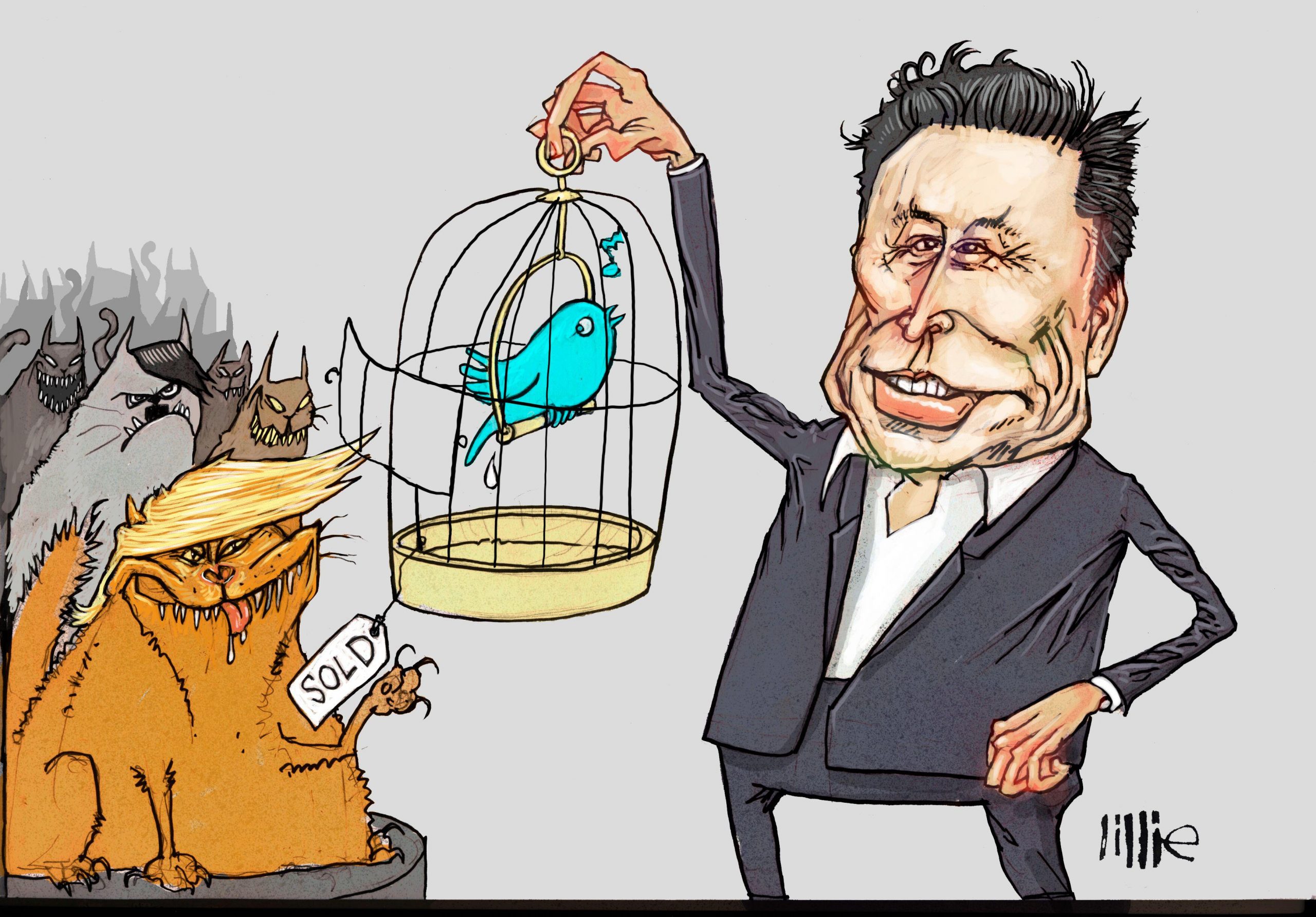I can’t imagine what Elon Musk was thinking (in the narrow window earlier this year) when he decided he wanted to buy Twitter. Turning the company around isn’t going to be fun. Here is a selection of Twitter’s problems. 1) It can’t grow its way out of trouble Confronted with a problem, the standard technology industry tactic is to grow out of it. With sufficient growth in users, all kinds of knotty issues get resolved. It works for software companies like Facebook and for hardware companies like Tesla. But it’s not an avenue that’s open to Twitter. Of the 7.5…
Cancel at any time. Are you already a member? Log in here.
Want to read the full story?
Unlock this article – and everything else on The Currency – with an annual membership and receive a free Samsonite Upscape suitcase, retailing at €235, delivered to your door.

